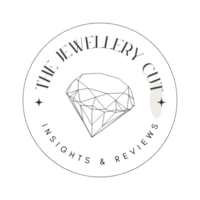Inspire your understanding of gemstones with a comparative look at garnet vs ruby. This article delves into their unique characteristics, helping jewelry enthusiasts make informed decisions for their collections and appreciate the rich artistry behind these stunning gems.
Understanding the Composition of Garnet and Ruby
The composition of gemstones plays a pivotal role in their characteristics and applications. Both garnet and ruby are celebrated for their unique compositions, leading to their distinct qualities that appeal to various preferences and needs in the jewelry market.
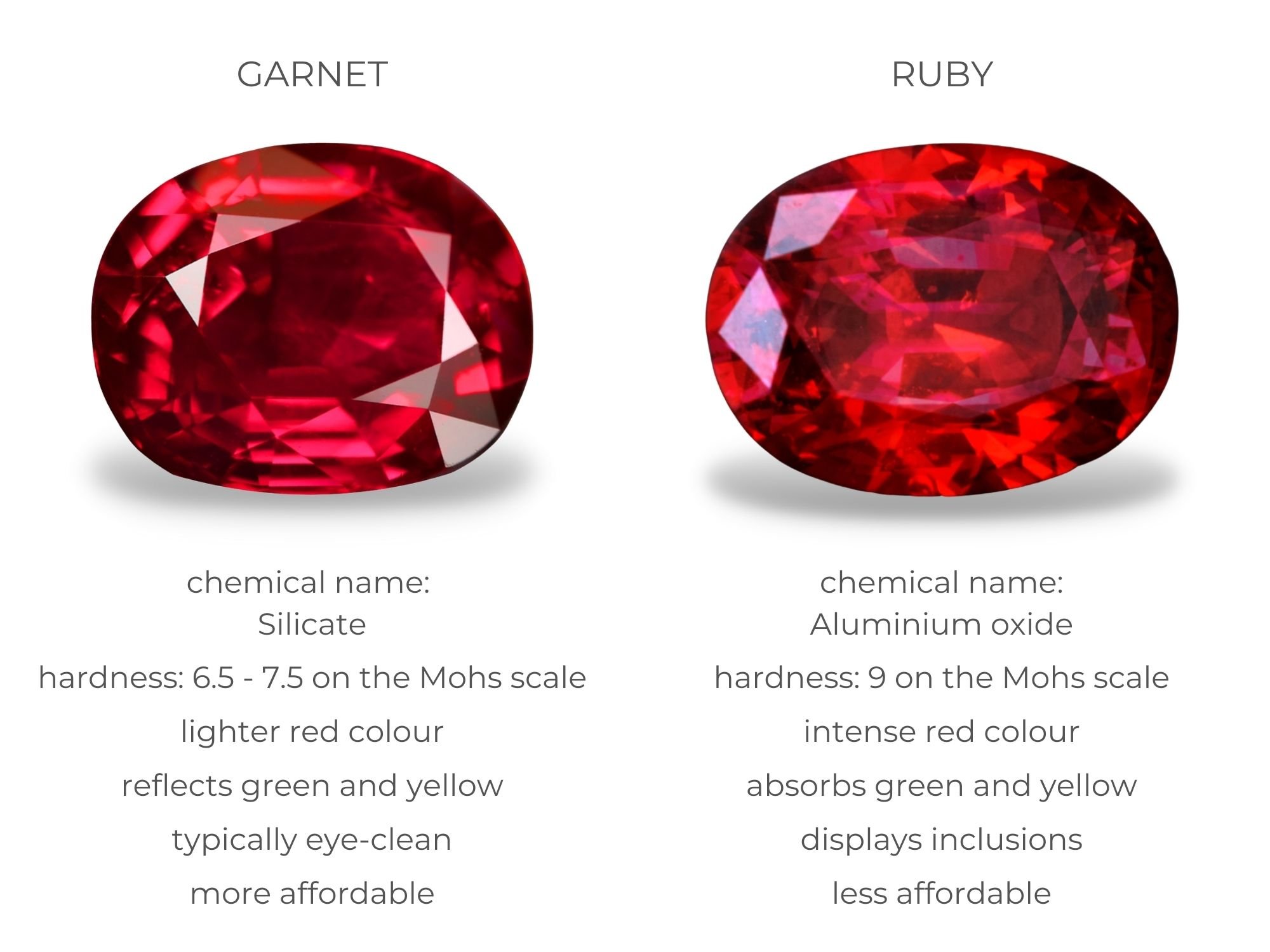
Chemical Makeup and Formation Processes
Garnet is a group of silicate minerals that share a similar crystal structure but vary in chemical composition. Its formula typically includes elements like aluminum, iron, and magnesium. The wide range of garnet varieties and their compositions contribute to their popularity in customize jewelry.
Ruby, on the other hand, is a variety of corundum primarily composed of aluminum oxide, colored red by trace amounts of chromium. This distinctive chemical makeup not only gives ruby its prized appearance but also influences its status in both classic and modern jewelry pieces.
Influence of Composition on Gemstone Properties
The compositional differences lead to a variety of physical properties between the two gemstones. For instance, garnet’s diverse range enables it to show a multitude of colors and characteristics, making it versatile for various jewelry designs.
In contrast, the high aluminum oxide content in rubies results in a firmer structure, influencing their prized status in high-end jewelry. This hardness, coupled with their beauty, allows rubies to be set in intricate designs without fear of damage.
Aesthetic Appeal: Comparing Garnet and Ruby’s Appearance
When it comes to aesthetic appeal, both garnet and ruby offer unique qualities that can enhance any jewelry collection. Understanding the visual elements of these gemstones can aid in making an informed decision about which is best suited for individual tastes.
Visual Diversity and Jewelry Design Applications
Garnets are known for their rich range of colors that can include oranges, greens, and deep reds. This diversity allows designers to create pieces that can stand out or blend perfectly with other gems. A piece containing a garnet can shift styles easily from casual to formal.
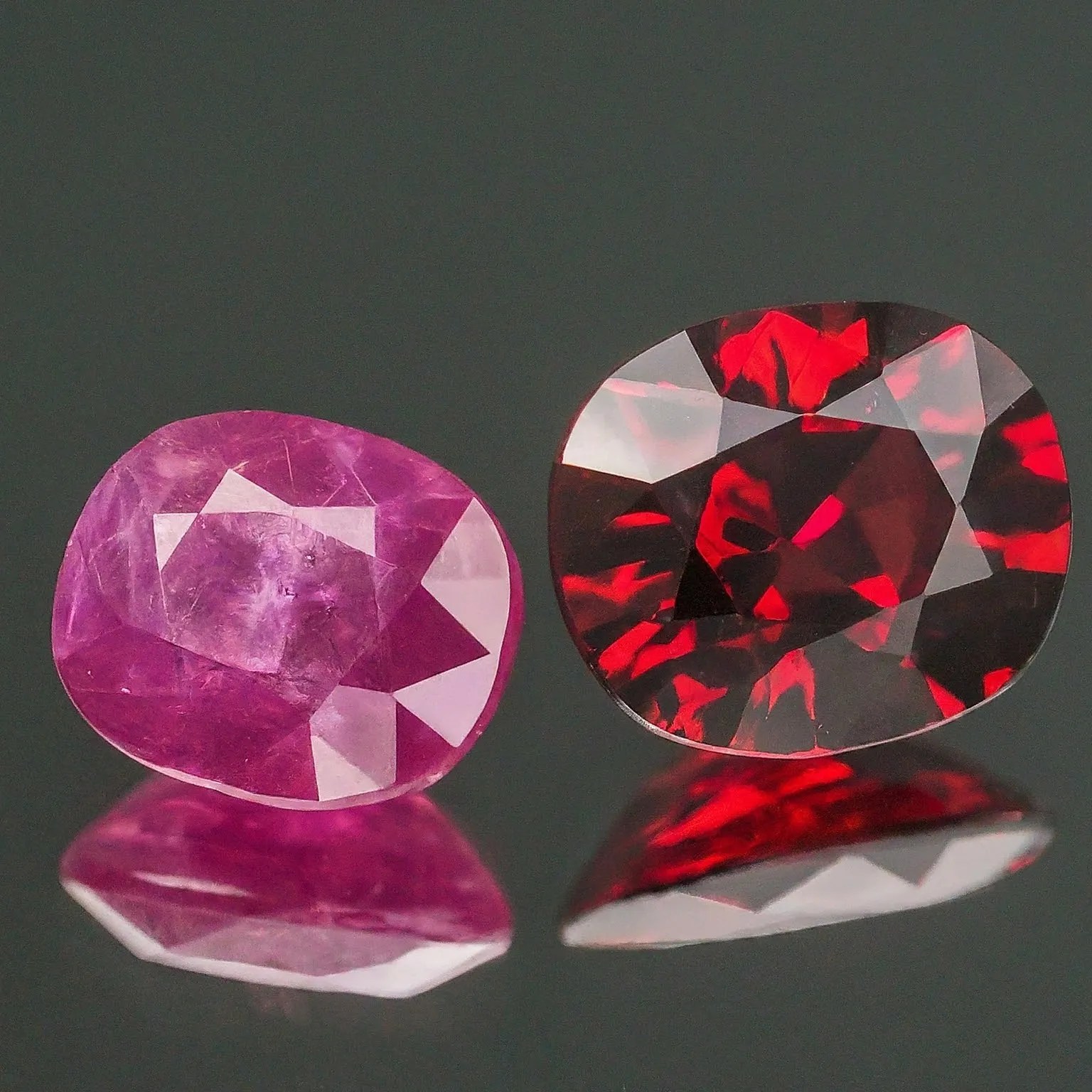
Conversely, rubies are renowned for their classic appeal and are often associated with luxury. Their striking red can be a centerpiece in any jewelry design, lending a sense of elegance and sophistication. The iconic status of ruby allows it to be continually sought after for both vintage and contemporary pieces.
Trends Influenced by Aesthetic Characteristics
Over the years, trends in jewelry have seen garnet being celebrated for its unique hues and settings. Artisans often leverage garnet’s variety to create bespoke pieces that resonate more with individual styles.
Rubies tend to dominate the luxury jewelry market, often featured in high-value collections and heirlooms. Their rich, glorious color makes them timeless, ensuring they remain favored choices for engagement rings and commemorative gifts.
Evaluating Durability in Garnet and Ruby Jewelry
Durability is a crucial factor for anyone considering gemstone jewelry, as it dictates how well a piece can withstand daily wear. Understanding the resilience of both garnet and ruby helps buyers choose wisely for their lifestyle and needs.
Everyday Wear and Longevity Considerations
Garnets, while generally sturdy, can vary in resilience depending on their specific type. Some varieties may be less suitable for everyday wear, making it essential for potential buyers to evaluate specific options when considering garnet jewelry.
Rubies are widely acclaimed for their superior durability due to their high Mohs hardness. This makes them particularly well-suited for pieces intended for regular wear, providing reassurance against potential scratches or damage during daily activities.
Recommendations for Maintenance Based on Durability
For optimal longevity, garnet jewelry should be treated with care, avoiding harsh chemicals and excessive wear. When maintaining garnet pieces, gentle cleaning with mild soap and water is recommended to preserve their beauty.
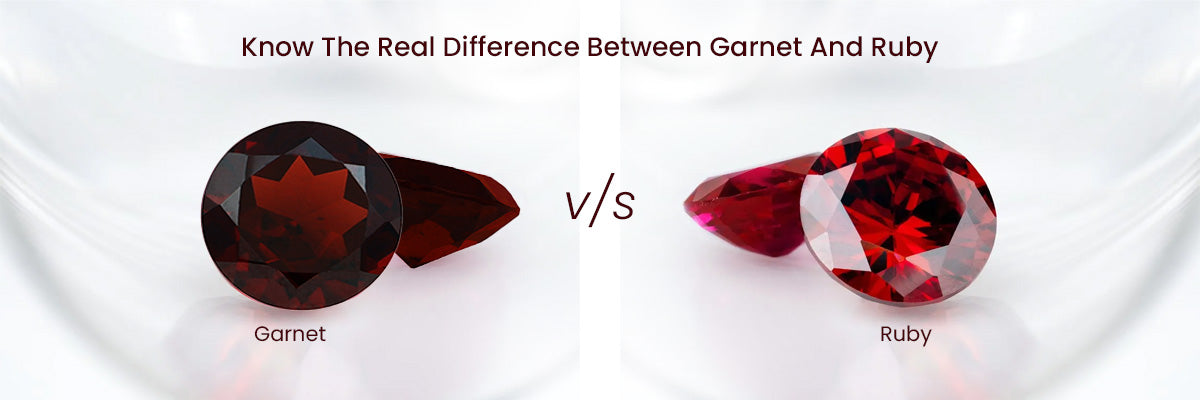
In stark contrast, rubies require less intensive maintenance due to their resilience. Regular cleaning and occasional professional inspections ensure rubies remain dazzling, making them low-effort yet high-impact additions to any jewelry collection.
Price Comparison between Garnet and Ruby
Understanding the price dynamics of garnet and ruby is vital for buyers interested in investing in these gemstones. Each gemstone’s value arises from factors such as rarity, demand, and overall appeal.
Factors Influencing Gemstone Pricing
Garnets can generally be more budget-friendly. The broad variety and availability lead to diverse pricing, thereby allowing consumers with different budgeting abilities to find suitable pieces without compromising quality.
In contrast, rubies are often among the more expensive gemstones due to their rarity and high demand in the market. The exceptional quality of rubies directly influences their pricing, often resulting in high-value investments for collectors and jewelry enthusiasts.
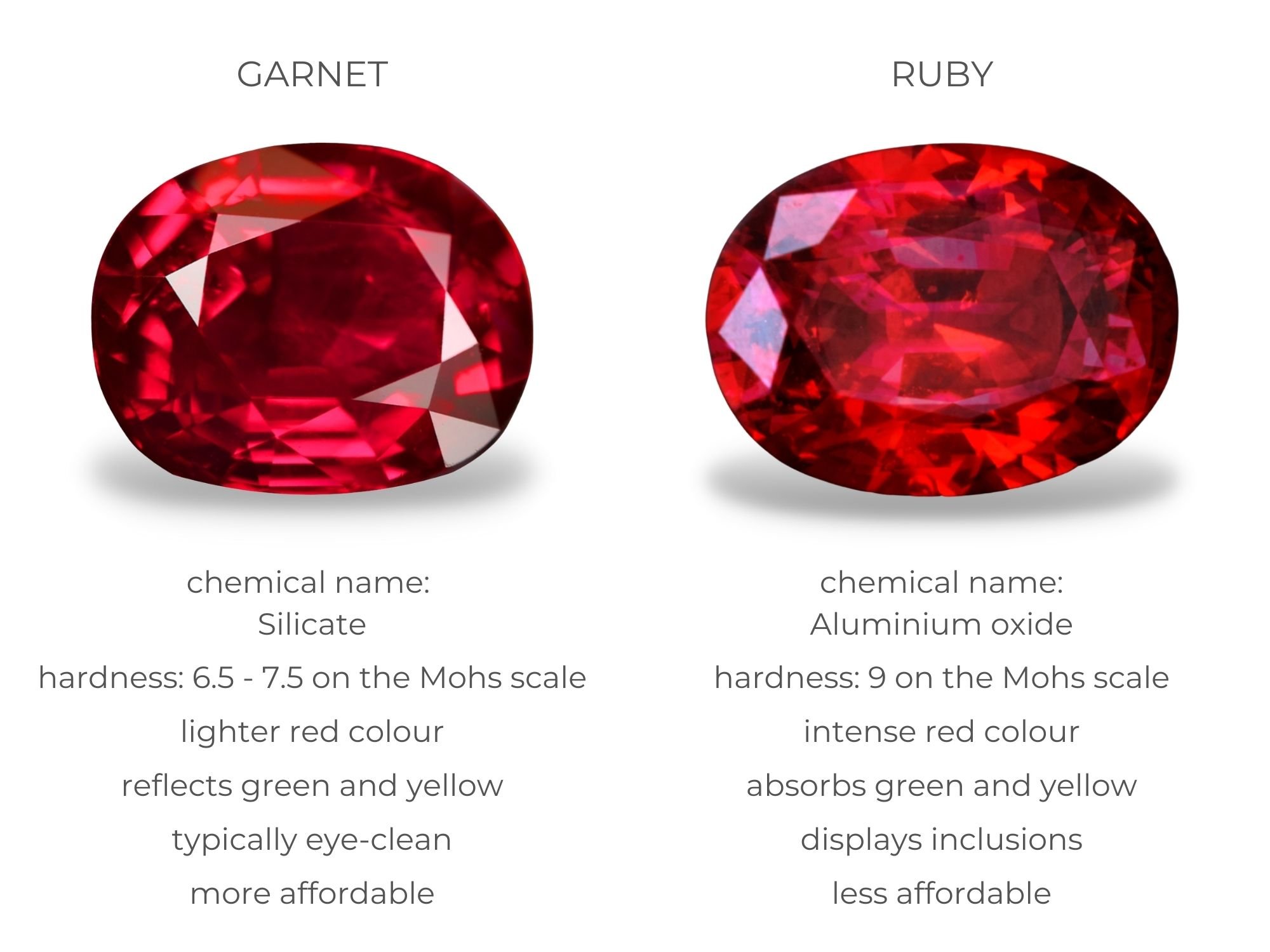
Value for Money Insights
For individuals on a budget, garnets represent great value, providing striking beauty without the hefty price tag. Investing in garnet jewelry can yield worthwhile pieces, especially for those seeking to grow their collections affordably.
Conversely, while rubies are pricier, they often appreciate in value over time. This potential for appreciation may justify higher initial costs for those looking for not just beauty but also an investment piece in their jewelry collection.
Unique Uses of Garnet and Ruby in Jewelry
Both garnet and ruby have their own special places in the realm of jewelry crafting. Understanding their distinct applications can assist individuals in choosing which gemstone aligns with their personal or gifting needs.
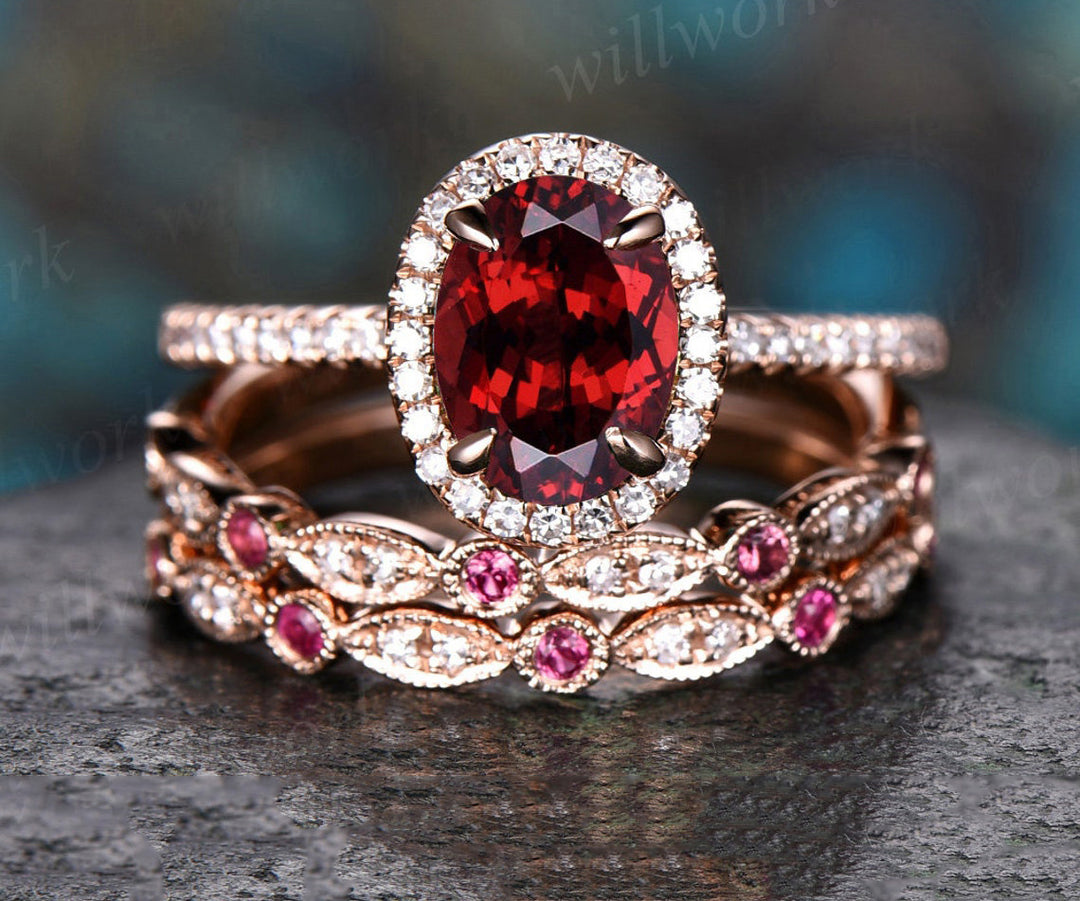
Jewelry Styles Particularly Suited for Garnet
Garnet’s versatility as a gemstone allows it to be fashioned into a myriad of styles. Its incredible color range makes it an appealing choice for casual wear, statement pieces, and even fine jewelry.
Customized garnet rings, necklaces, and bracelets have become increasingly popular. Artisans often explore garnet for unique wedding or promise rings, reflecting individuality through its diverse hues.
Traditional and Contemporary Uses of Ruby
Rubies, being so highly regarded, are often the gemstone of choice for traditional engagement and wedding rings. Their vibrant red symbolizes passion and commitment, making them suitable for significant life events.
Beyond traditional uses, ruby has also found its way into contemporary designs, often featured in modern jewelry styles that marry classic aesthetics with current fashion trends. Their bold look can perfectly balance delicate designs, making ruby increasingly sought-after in unconventional settings.
Considerations for Gemstone Maintenance and Care
Proper maintenance is essential for preserving the beauty and longevity of any gemstone. Both garnet and ruby require specific care regimens to keep them looking their best.
Care Guidelines for Garnet Jewelry
For maintaining garner jewelry, gentle cleaning is recommended. A simple mixture of mild soap and water applied with a soft brush will suffice for most garnet pieces. It’s wise to avoid prolonged exposure to heat or harsh chemicals.
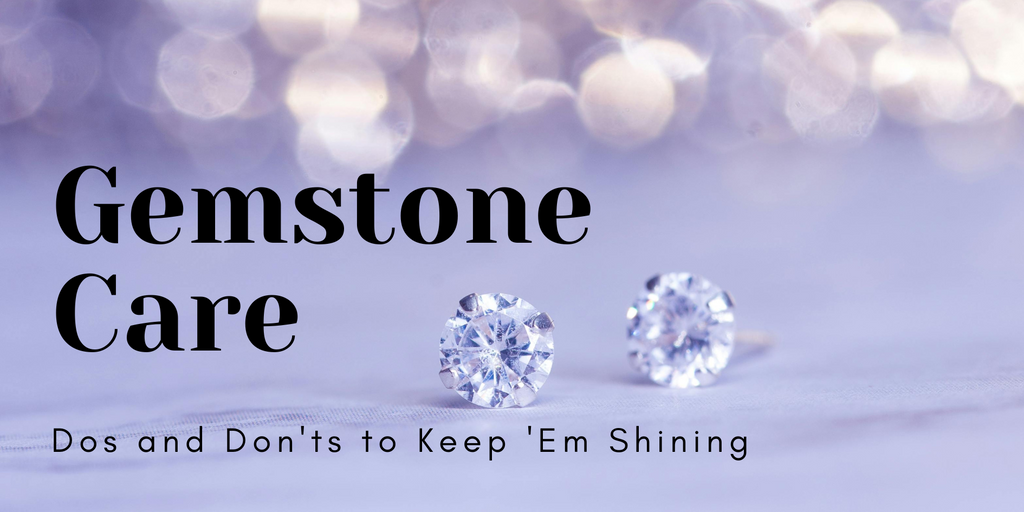
When storing garnet jewelry, keeping each piece separate can prevent scratching and tangling. A dedicated box or individual pouches can safeguard their diverse finishes and settings.
Recommended Care Practices for Ruby Jewelry
Rubies, being more resilient, have straightforward care recommendations. Regular cleaning with a soft cloth or a gentle soap solution can keep these gemstones sparkling. It’s essential to steer clear of extreme temperatures that could cause damage.
Professionals suggest periodic check-ups from jewelers to assess settings and overall condition, ensuring that the stones are secure and that the jewelry maintains its allure over the years, particularly given the investment in rubies.
Allergen Considerations When Choosing Garnet and Ruby
When selecting gemstones, particularly for jewelry worn against the skin, considerations about allergies and sensitivities can impact decisions.
Allergic Reactions Associated with Jewelry Materials
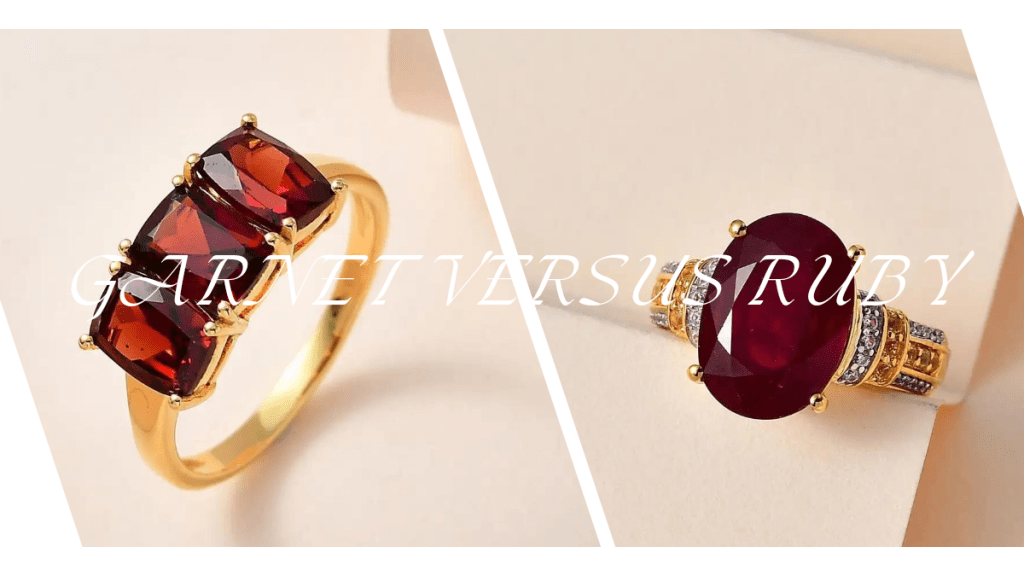
The primary concern often lies in the metals used in setting the stones rather than the gemstones themselves. However, garnet settings are typically crafted from various metals, which could trigger allergies in sensitive individuals.
Owners of garnet pieces should opt for hypoallergenic materials like surgical-grade stainless steel or sterling silver to minimize risk. This ensures that the gemstone remains the focus while accommodating individual needs.
Ruby and Allergic Response Mitigation Strategies
Rubies are also commonly set in traditional metals, which invites similar allergy considerations. Choosing gold or platinum settings can mitigate allergic reactions and enhance the overall quality of the piece.
Ensuring all metal components are tested for allergens before purchase can enable jewelers and consumers to enjoy their pieces without worry. For any challenges related to skin reactions, consulting jewelers about alternative settings can lead to satisfactory solutions.
Longevity and Value Retention of Garnet and Ruby
Examining the longevity and value retention of gemstones is critical for potential buyers. Both garnet and ruby offer unique perspectives on their long-term worth.
Longevity Expectations for Garnet
Garnets, while lovely, may not retain their value as robustly as rubies. Their widespread availability can affect market value, yet, well-crafted garnet pieces can still endure and serve as cherished items in personal collections.
Garnets can last for many years with proper care, making them excellent choices for everyday jewelry despite potential fluctuations in their market value.
Ruby’s Status as an Investment Gemstone
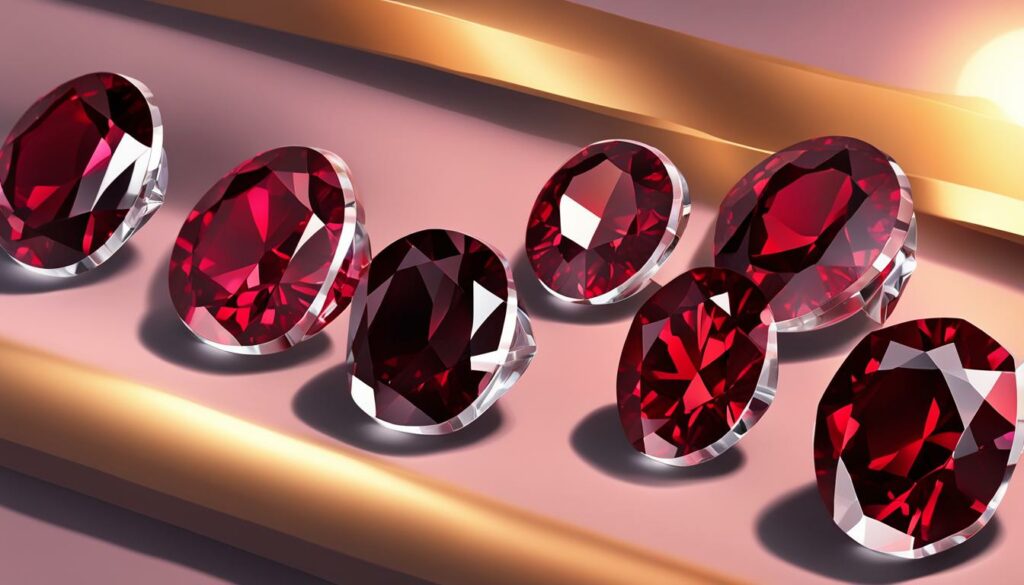
Rubies, with their high demand and relative rarity, often appreciate in value over time. High-quality specimens make excellent investment choices, reflecting both intrinsic and market worth.
Collectors often seek out vintage or unique rubies to ensure lasting value. Investing in ruby enhances the allure and potential future value, solidifying its place as a staple in fine jewelry portfolios.
Pros and Cons of Choosing Garnet vs Ruby
When gearing up for a purchase, comparing the pros and cons of garnet and ruby can inform better decisions based on personal needs and aesthetics.
Advantages and Disadvantages of Garnet
There are distinctive advantages to choosing garnet, including its affordability and variety. Individuals can explore numerous styles without significant financial pressure while enjoying unique gemstone characteristics.
However, the disadvantage may include the gem’s potential for less enduring value in comparison to rubies. Some may find garnets less recognizable as luxury items, which could influence perceptions of prestige.
Benefits and Drawbacks of Ruby
The primary advantage of rubies lies in their immediate recognition and status as luxury items. They often serve as symbols of commitment and are considered worthwhile investments, appealing to many buyers.
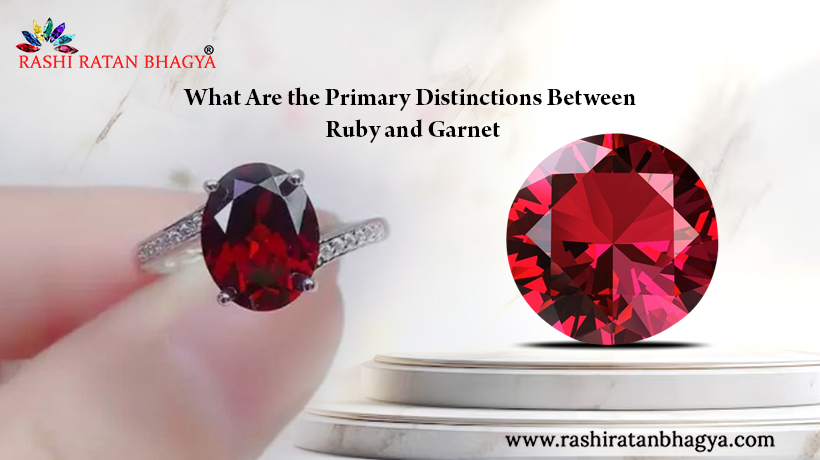
Conversely, rubies may come with a higher price tag, potentially restricting options for buyers on a budget. Consideration of maintenance costs and insurance for high-value pieces should also be taken into account when investing in rubies.
In exploring garnet vs ruby, it’s essential to weigh personal tastes, investment goals, and lifestyle needs thoroughly. Each gemstone brings unique qualities that cater to different preferences and purposes in the world of fine jewelry. “Không có dữ liệu” in some aspects, but the journey into understanding these gemstones is filled with resources for informed decision-making.
Mastering the differences in garnet vs ruby enriches your knowledge about these exquisite gemstones, enabling you to make informed decisions when selecting jewelry. Understanding their unique characteristics enhances appreciation and investment potential in your jewelry collection.
